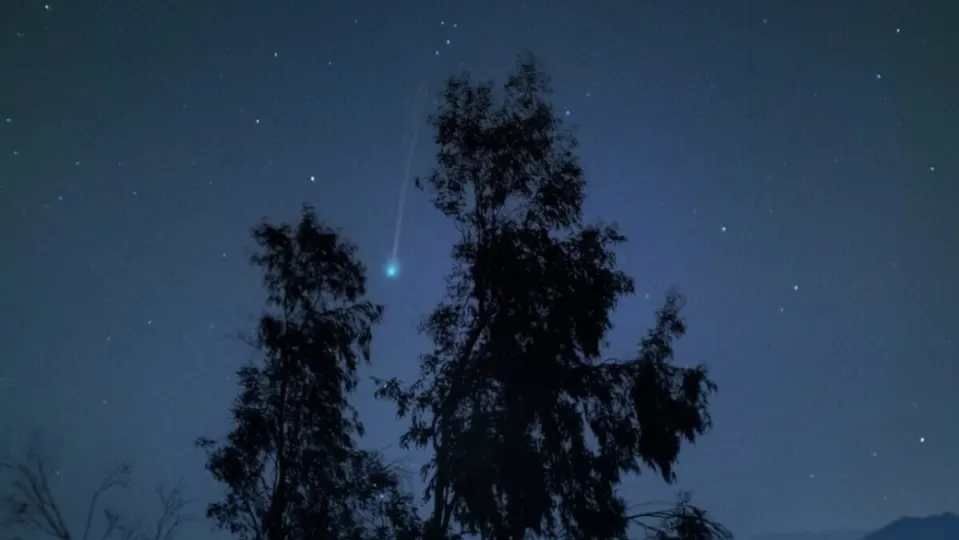If you like astronomy, you are in luck. This weekend one of the coolest and easiest comets to see with the naked eye will cross our sky.
At this time, the ball of ice, dust and rock is moving through space in the constellation Leo. About an hour and a half before sunrise, it should be visible in a northeasterly direction in the sky.
Amateur astronomer Hideo Nishimura discovered the comet on August 11 this year, capturing the celestial object with a long exposure on a standard digital camera.
What we know about Nishimura comet
It is estimated that Nishimura may have an orbit of about 300 years, although this cannot be known with certainty, since the trajectories and behavior of comets are very difficult to calculate.
What is known is that its closest approach to the Earth will be on September 14 and on the 17th it will reach its closest point to the Sun, the perihelion: “It will be 32 million kilometers from our star”, they explain.
The dirty snowball with a green head and white tail was officially christened C/2023 P1, “Nishimura” for short, by the Minor Planet Center.
And for those who don’t know, with so many professional astronomical surveys constantly scanning the sky for near-Earth objects, an amateur discovery like this is unusual.
Viewing with binoculars is possible
Astronomers have described Nishimura as “close” because of the possibility of seeing it with binoculars or even the naked eye, depending on the weather, light pollution and how much it shines over the next few days.
But space is a big place for everyone, so it will still be some 79 million kilometers away and will not pose a threat to Earth. In other words, it’s okay, the world is not coming to an end.
Hundreds of years ago, comets were considered a bad omen. Legend has it that Pope Callistus III excommunicated Halley’s comet in 1456 as an “instrument of the devil,” although a Catholic priest debunked this as a myth in a 1908 article in Popular Astronomy.
Today, scientists know these icy objects as ancient relics of the early solar system, remnants from the time when the planets around the Earth were in formation.
Astronomers often consider them to be 4.5 billion-year-old time capsules. With limited data, experts have estimated that this particular comet completes an orbit every 434 years.

